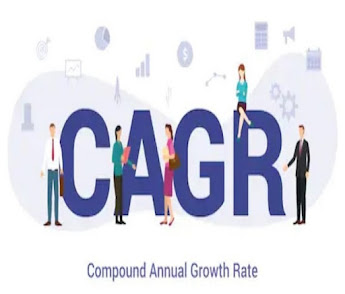It is observed that most of the investors who initially opt for the SIP with a long-term view, stop their SIPs in the first 3 years only and therefore fail to create real wealth. The obvious reasons for their SIP discontinuation are:
a) Non-performance
of the fund
b) Negative or flat return
c) Comparing FD returns with a subdued return of SIP
d) Require funds for other purposes
e) Panic exit due to market fall
f) Not finding value (reason) to continue future SIP
Investors fail to understand that SIP investment is a long term commitment like an insurance policy and one should not seek a return in the initial phase of 5 - 10 years. There are numerous benefits associated with SIP, unfortunately, investors fail to access:
- Rupee cost averaging i.e. to capture more units when the market falls
- Curb market volatility as one continues to buy at a fixed interval over a period of time
- Power of compounding starts playing in long term and actual benefit could be seen +15 years afterward
- No need to inject a large amount at one go. Small contributions over a period of time convert into a big giant
- Convenient investment option – amount directly auto-debited from Bank on a predefined date
- Makes market timing irrelevant
- Disciplined way of investing
Most investors expect a SIP return
in a similar fashion to FD. There is a basic difference between the two. FD
provides guaranteed and linear return under which you know what would be the
maturity value from day one. On the other hand, there is no assured return
under SIP, and performance is based on market movement; therefore, returns are
always variable.
Conclusion:
- One should not look at the current portfolio value on a frequent basis and stick to their long term goals. The focus should be on accumulating more and more units per month basis
- Since SIPs are aimed at helping investors meet their goals, it is important that they continue their SIPs till their goals are achieved in an uninterrupted manner
- When the market falls under the bear phase or sideways movement for prolonged periods of time; that is the time to keep patient, maintain consistency and have conviction
- In fact, if SIP fails to generate a return and when its market value is less than the principal amount, the time has come to double your SIP amount to reap the extra benefit later

Disclaimer: Mutual Funds investment are subject to Market Risk














